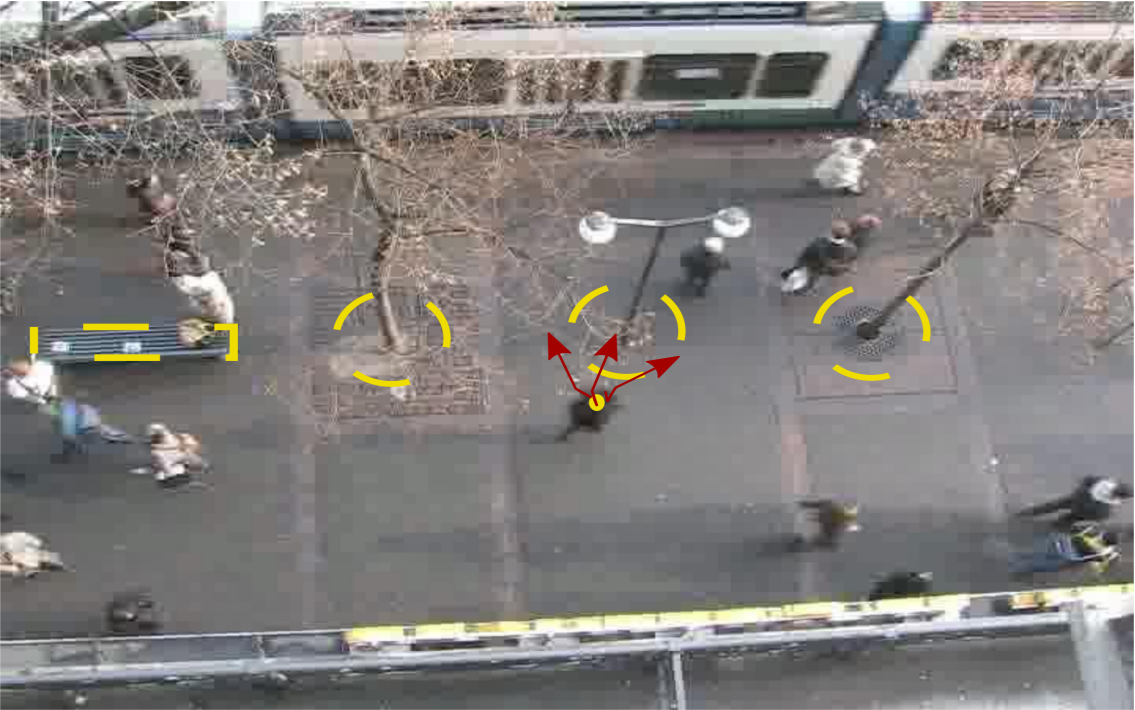Network pruning for deep convolutional neural networks (CNNs) has recently achieved notable research progress on image-level classification. However, most existing pruning methods are not catered to or evaluated on semantic segmentation networks. In this paper, we advocate the importance of contextual information during channel pruning for semantic segmentation networks by presenting a novel Context-aware Pruning framework. Concretely, we formulate the embedded contextual information by leveraging the layer-wise channels interdependency via the Context-aware Guiding Module (CAGM) and introduce the Context-aware Guided Sparsification (CAGS) to adaptively identify the informative channels on the cumbersome model by inducing channel-wise sparsity on the scaling factors in batch normalization (BN) layers. The resulting pruned models require significantly lesser operations for inference while maintaining comparable performance to (at times outperforming) the original models. We evaluated our framework on widely-used benchmarks and showed its effectiveness on both large and lightweight models. On Cityscapes dataset, our framework reduces the number of parameters by 32%, 47%, 54%, and 63%, on PSPNet101, PSPNet50, ICNet, and SegNet, respectively, while preserving the performance.
.png)
Wei He, Meiqing Wu, Mingfu Liang, Siew-Kei Lam
WACV,
2021
Pedestrian trajectory prediction is essential for collision avoidance in autonomous driving and robot navigation. However, predicting a pedestrian’s trajectory in crowded environments is non-trivial as it is influenced by other pedestrians’ motion and static structures that are present in the scene. Such humanhuman and human-space interactions lead to nonlinearities in the trajectories. In this paper, we present a new spatio-temporal graph based Long Short-Term Memory (LSTM) network for predicting pedestrian trajectory in crowded environments, which takes into account the interaction with static (physical objects) and dynamic (other pedestrians) elements in the scene. Our results are based on two widely-used datasets to demonstrate that the proposed method outperforms the state-of-the-art approaches in human trajectory prediction. In particular, our method leads to a reduction in Average Displacement Error (ADE) and Final Displacement Error (FDE) of up to 55% and 61% respectively over state-of-the-art approaches.

Sirin Haddad, Meiqing Wu, Wei He, Siew-Kei Lam
CVWW,
2019
In this paper, we propose a novel method based on Gene Expression Programming (GEP) to construct human motion model. Our approach better describes human motion features, which can be applied to improve the accuracy of human behavior recognition. On one hand, this method combines Genetic Algorithm (GA) and Genetic Programming (GP), and overcomes the limitation of traditional high-dimension function approaching method, realizing the generalization of Gene Expression Programming (GEP) on Function Mining. On the other hand, it implements the human motion capture technique of Kinect sensor, interpolates data and increases the training data accuracy. In the experiments result, we use GEP to develop human trajectory dynamics model, which has characteristics like encoding and gene structure flexibility that can lead the trajectory simulation error much decline. Given that the result is better than traditional methods and able to maintain most of the human motion features, our human motion model can be applied to human behavior analysis area and other similar domains.
Wei He, Shaoyang Hu, Shanni Li, Junlin Jin, Kangshun Li
ISICA,
2017
.png)

.png)
